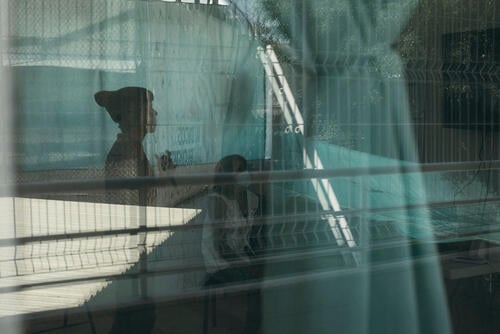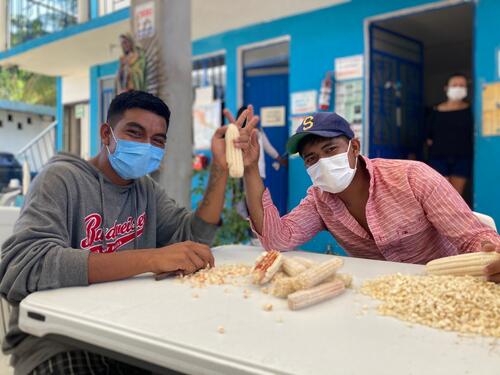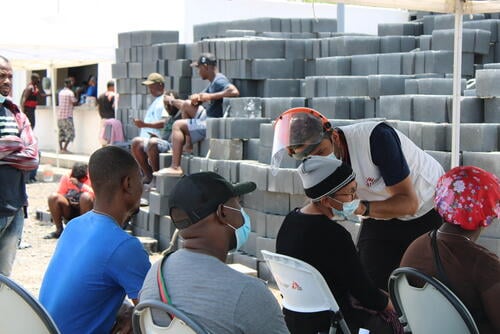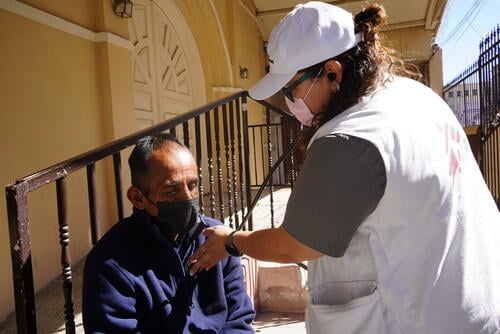In July 2017, Médecins Sans Frontières (MSF) opened the Comprehensive Care Centre, known by its Spanish acronym, El CAI, in Mexico City, Mexico. CAI is designed to provide specialised medical and mental health care to people who have experienced torture or extreme violence. Many of the patients here are migrants or asylum seekers who have been through horrific journeys and were referred from other MSF projects in Mexico, by the United Nations Refugee Agency (UNHCR), or by Mexican nongovernmental organisations.
Néstor Rubiano, an MSF psychologist and the coordinator of CAI, outlines the history of the programme and how it can help a person heal, physically and mentally, from torture or extreme violence.
Why is it important that there is a service like El CAI?
In 2011, MSF began to work with migrants, and we started to witness people who had experienced a type of violence our teams had not seen before. It is violence that is brutal, and cruel. And it's not just that the people inflicting this violence target migrants and refugees [who are usually already in a vulnerable state], but they use sinister methods to cause harm. This creates a lot of damage.
If El CAI did not exist, these people would not have access to comprehensive medical care. The people receiving assistance in El CAI have suffered a lot in life. Many have suffered since childhood in their country of origin, and then again on the road where they end up encountering extreme acts of violence and cruelty.
What are the differences of what you see at El CAI to other places you’ve worked?
In a “classic” war context, the most visible, direct things you can see are the people who have been shot, the bombings, the destruction, or those who must flee and are displaced. That is one type of violence.
But then, what we see here is a type of violence that is structural and organised. It could be, for example, a person who is taken by criminals, and gets his fingers cut off and his hands are left tied up for days in a place where they do not have anything to eat. They may even bring a family member of the tortured person, who in turn also gets tortured, to further intimidate and to prolong the suffering.
These are acts which we see in wars too, but here they take on another dimension, because we are not in a country at war.
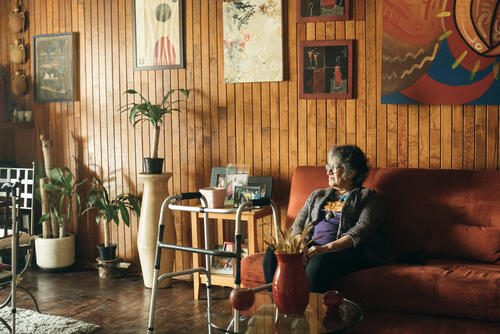
What are the health consequences of being exposed to extreme violence and torture?
The worst cases are those who have lost their connection with reality. They enter a parallel fantasy world to protect themselves from harm and the memories. We have had people who even ended up living on the street because they had lost contact with reality. Others have lived on the street due to lack of support from other organisations, and this is also related to addiction.
The physical consequences of this type of violence are also very serious, sometimes requiring surgery. The repeated violence to which people have been subjected also affects the level of pain they can handle. One of our patients had been tortured with repeated cuts on the arm and on the hand. He had a very serious hand mobility problem. During surgery he is completely anaesthetised, but when the surgeon touches a certain nerve, the patient wakes up and almost attacks the doctor. Because of so many experiences of pain and damage, the anaesthesia was not working because the body has memories.
We also see a lot of women who have been sexually assaulted. Sometimes they become pregnant. It is a very complex situation for a single woman, who might also be a migrant, living on the streets. With a baby, the situation becomes even tougher. And then, little by little, not only because of the treatment that we offer, but because of the support of other institutions that are also providing accommodation, training, and work, we can help a survivor live independently.
Our goal is for the person to achieve maximum independence and reduce their trauma and pain as much as possible, so that they can be independent in life.Néstor Rubiano, MSF psychologist and coordinator of CAI
What does it mean to work with a comprehensive or holistic approach at CAI?
When talking about a comprehensive, holistic approach, there are different services that can help a person move forward. One part is medical, but there are also other important parts such as protection, nutritional issues, accommodation, and social inclusion issues.
We focus our attention on the medical component, and therefore on medicated and non-medicated care, involving psychiatrists and psychologists. We also provide support with physiotherapy, because patients have injuries of varying severity that sometimes require treatment and long recovery.
When it comes to surgery, we organise this through collaboration with different health networks here in Mexico. We also work with other organisations regarding protection issues, accommodation, and training.
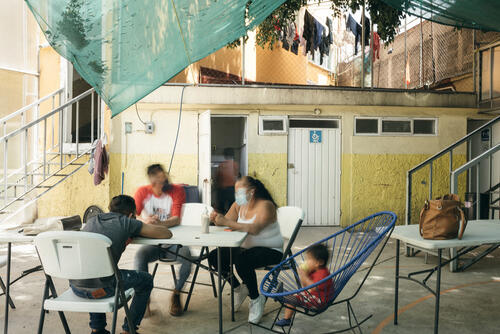
What is the objective of the treatment that you have in the CAI?
Our goal is for the person to achieve maximum independence and reduce their trauma and pain as much as possible, so that they can be independent in life. We help them face what happened to them, everything they lived through, that simply cannot be forgotten. You have to learn to live with what has happened. But you may find that there is a way to do that and there is hope.
That's what we are looking for. To restore dignity and hope.
Has the extreme violence you’ve seen increased in recent years?
Violence against migrants has increased as a result of migration being increasingly met by criminalisation, with different obstacles put in place. This means that people have to take unsafe routes characterised by organised crime and a high degree of violence.
Many of our patients have also experienced a lot of violence in their country of origin, such as in Honduras, Guatemala, or El Salvador. They have already experienced violence and are subjected to it again in Mexico. And in Mexico, they are paralysed, because they are not allowed to move on to seek safety in another country, or they are returned or detained at the border. This is a vicious cycle with a high probability of violence being repeated.



